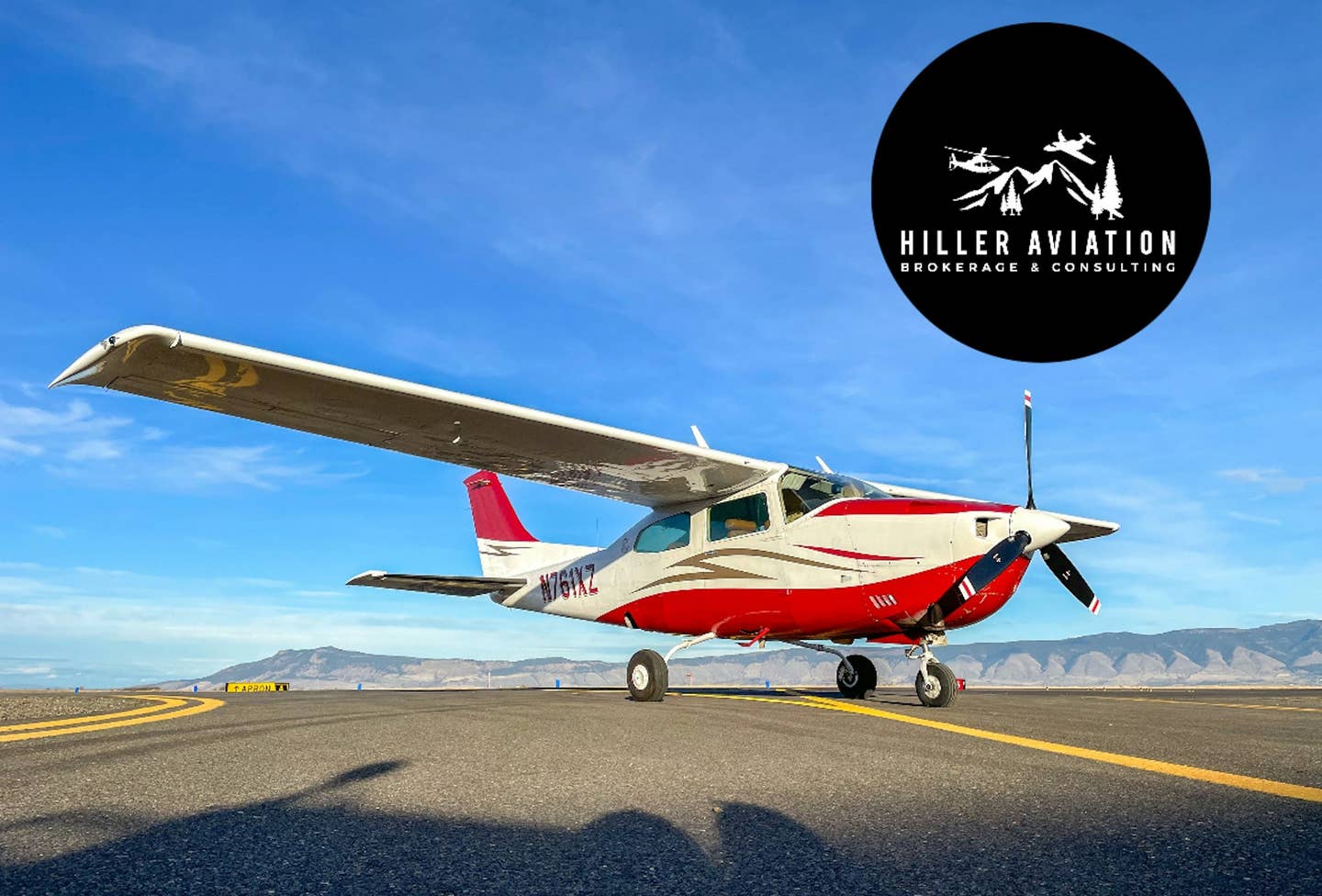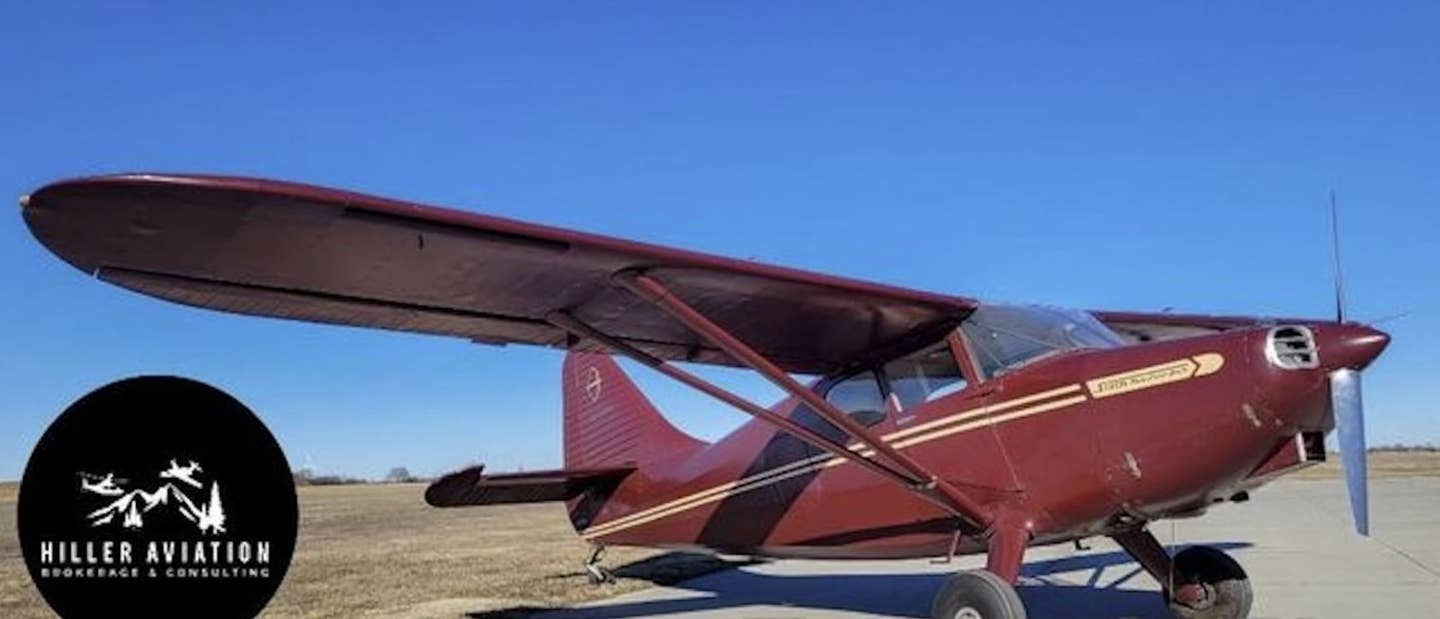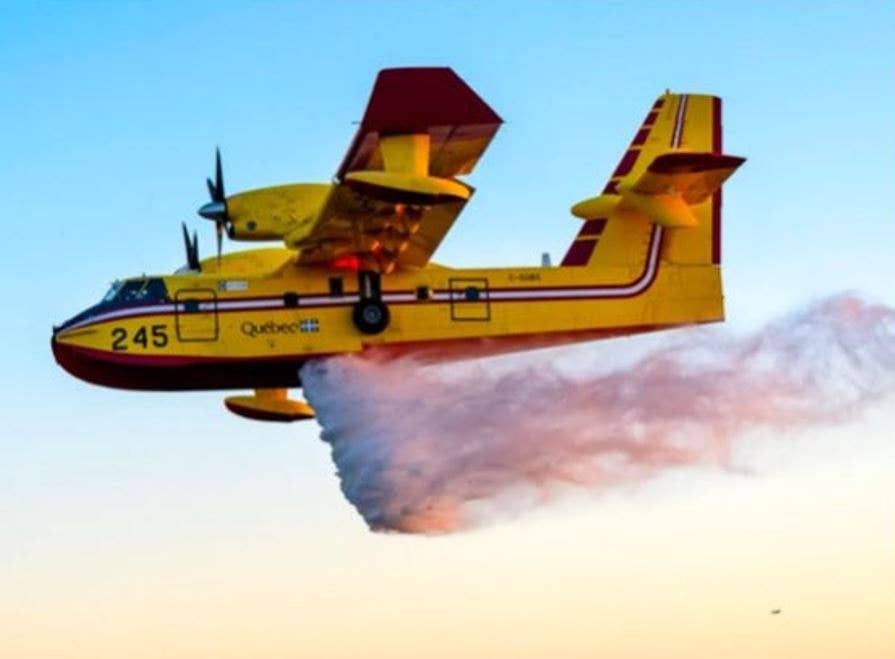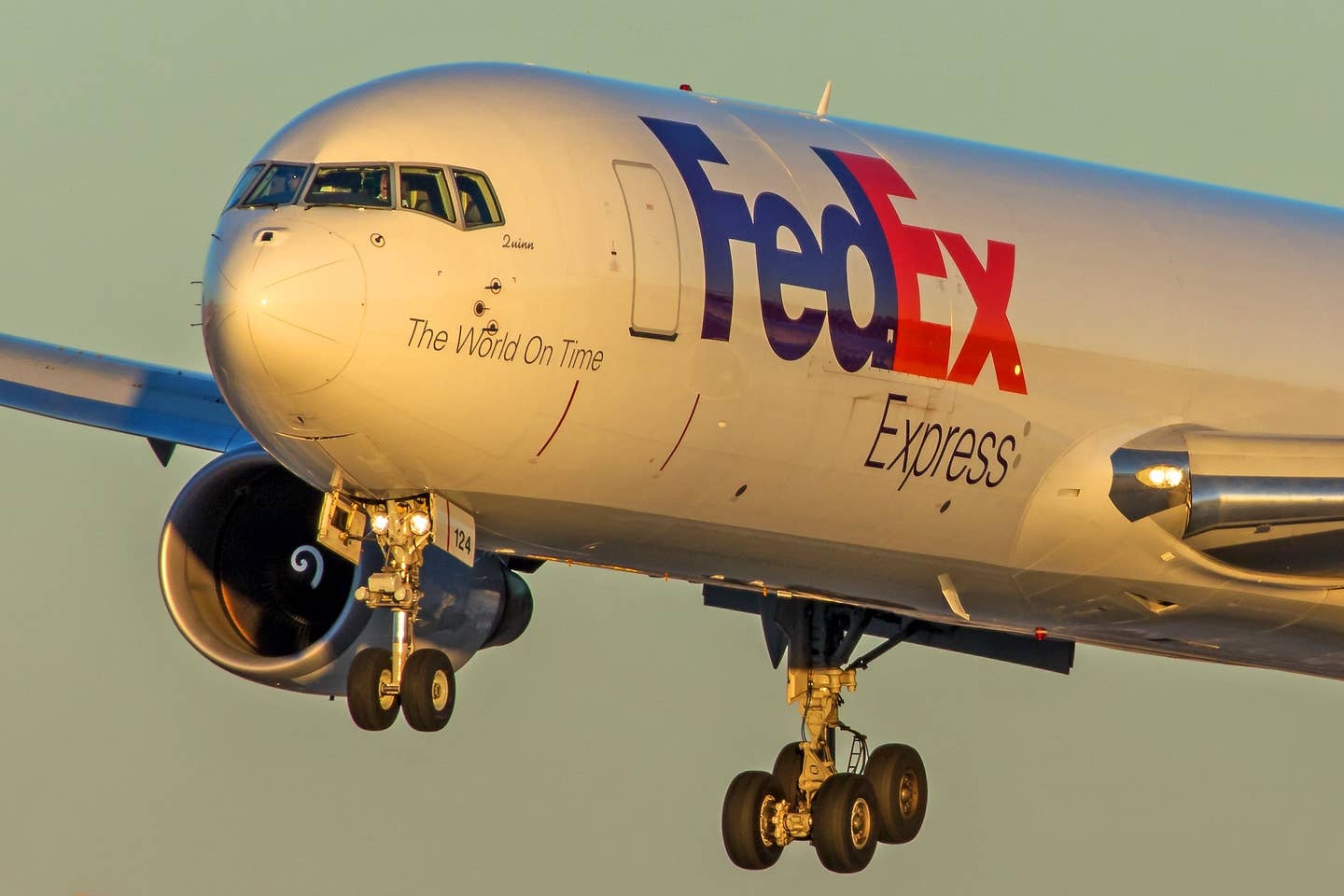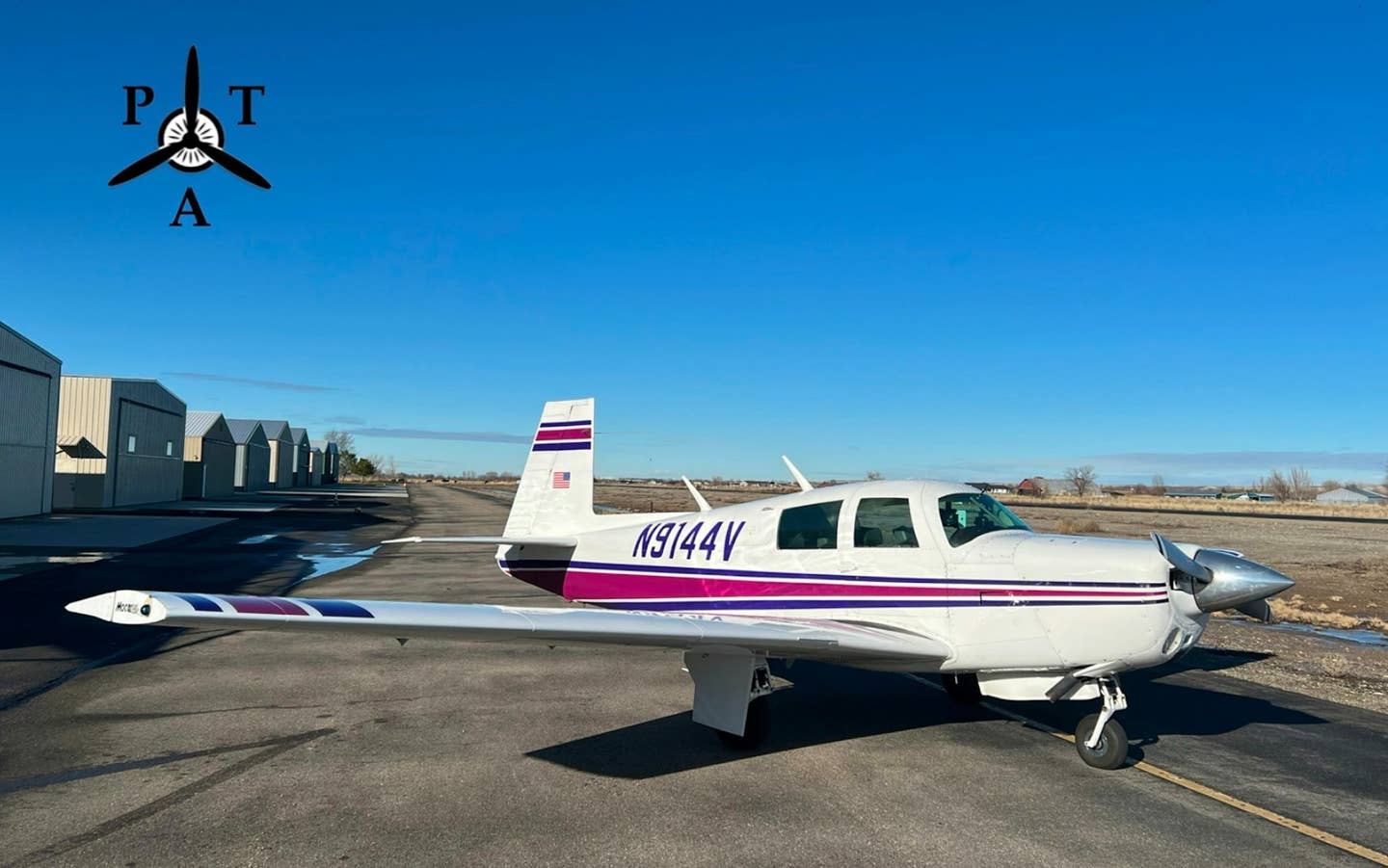
Zodiac XL S-LSA. AMD
Storm clouds are gathering over the issue of using factory-built Special Light Sport Aircraft (S-LSA) for instrument flying. Since LSA standards are set by ASTM, not the FAA, the issue is complex, and the ASTM IFR subcommittee grapples with reaching consensus findings.
Dan Johnson is president and chairman of the Light Aircraft Manufacturers Association (LAMA) and secretary of the ASTM F.37 Executive Committee. He writes on his website that three S-LSA manufacturers have promoted IFR capability for their machines — Tecnam, Evektor and AMD. Of those, only AMD uses a certified engine (a Continental), so the others would need to be retrofitted with a certified engine. Meanwhile, the ASTM subcommittee on IFR is examining the prudence of flying S-LSAs not just in the IFR system, but in actual IMC.
The fear is that icing and turbulence would render actual instrument conditions unsuitable for aircraft within the 1,300-pound limits of the S-LSA category. EAA Vice President of Industry and Regulatory Affairs Earl Lawrence said, "Light-sport aircraft standards were not developed with a specific goal of instrument-weather operations. Until such an ASTM standard is written and approved, such operations would not be endorsed by EAA or the governing ASTM committee for light-sport aircraft." There is also the issue of which avionics are eligible for IFR flying, though many non-LSA experimental aircraft fly regularly with non-certified avionics in the IFR system.
The issue of IFR for S-LSA models is part of the larger debate over ASTM standards, in general. Johnson points out, though the FAA does not set ASTM standards (and he admits they are not perfect), the FAA reviews every change to current ASTM standards and issues a 'Notice of Availability' once they have been accepted. For more up-to-date information on the ongoing debate, visit Dan Johnson's website at www.bydanjohnson.com.

Sign-up for newsletters & special offers!
Get the latest FLYING stories & special offers delivered directly to your inbox

